Yoga Blog
Gentle Yoga and Guided Meditation: Achieving Deep Relaxation and Stress Relief
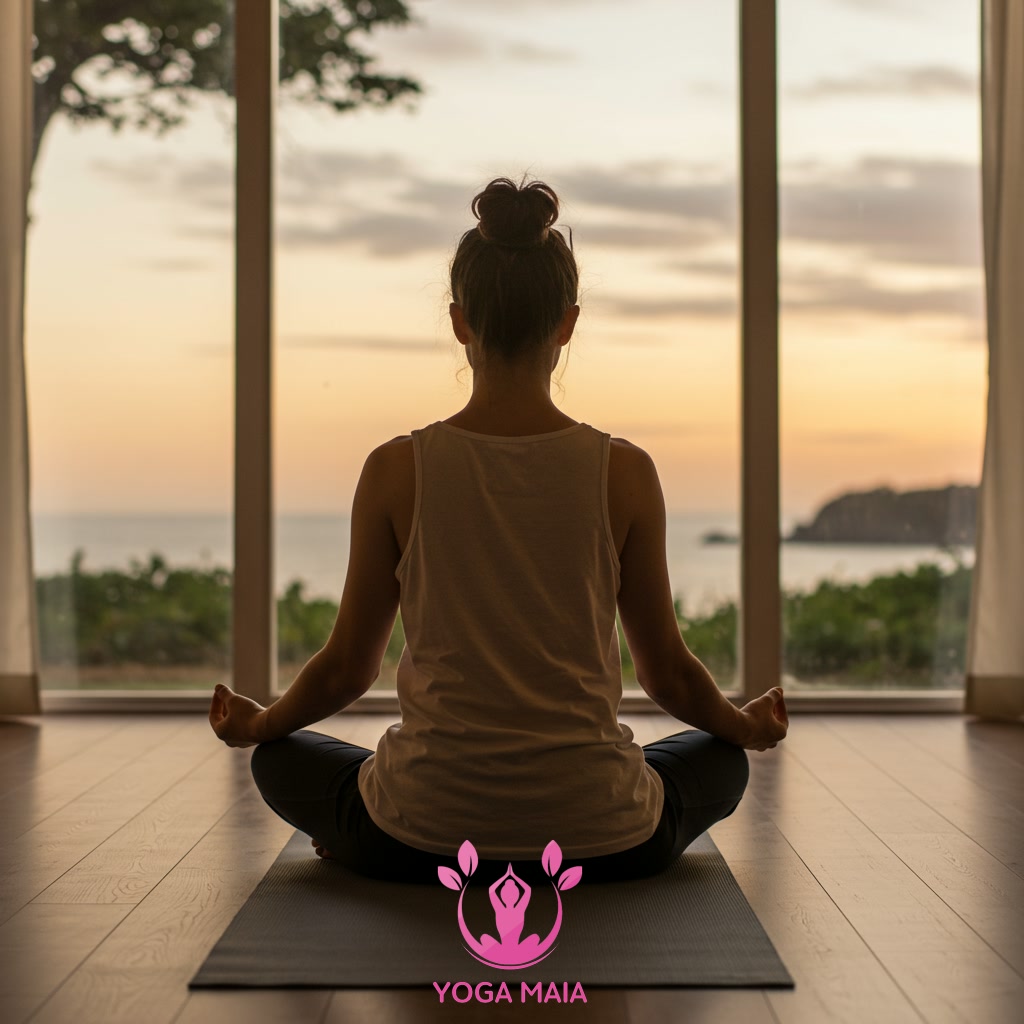
This content explores the combination of gentle yoga and guided meditation techniques. These practices are designed to help individuals calm their nervous system and quiet the mind. The primary goal is to facilitate a state of deep relaxation within the body. Ultimately, applying these methods serves as an effective way to achieve significant stress relief.
Table of Contents
- Section 1: Introduction: Understanding Gentle Yoga and Guided Meditation
- Section 2: The Gentle Path: Yoga for Physical and Mental Ease
- Section 3: Journey Within: Guided Meditation for Calming the Mind
- Section 4: The Synergy: Combining Yoga and Meditation for Deeper Relaxation
- Section 5: Practical Steps to Begin Your Relaxation Practice
- Section 6: Integrating Relaxation Techniques into Daily Life
- Section 7: Conclusion: Sustaining Peace and Stress Relief
Section 1: Introduction: Understanding Gentle Yoga and Guided Meditation
This document introduces the combined practices of gentle yoga and guided meditation as powerful tools for achieving deep relaxation and effective stress relief. Gentle yoga focuses on slow, accessible movements and postures, emphasizing body awareness, breath control, and mindfulness without strain or intensity. It prepares the body to release tension. Guided meditation, on the other hand, involves listening to a voice that leads you through techniques to quiet the mind, focus attention, and cultivate a state of calm awareness. When practiced together, these disciplines work synergistically to soothe the nervous system, reduce mental chatter, and create a profound sense of peace and well-being within both the physical body and the mind. This gentle approach makes these practices accessible to individuals of all levels and physical abilities, offering a pathway to inner tranquility and resilience against daily stressors.
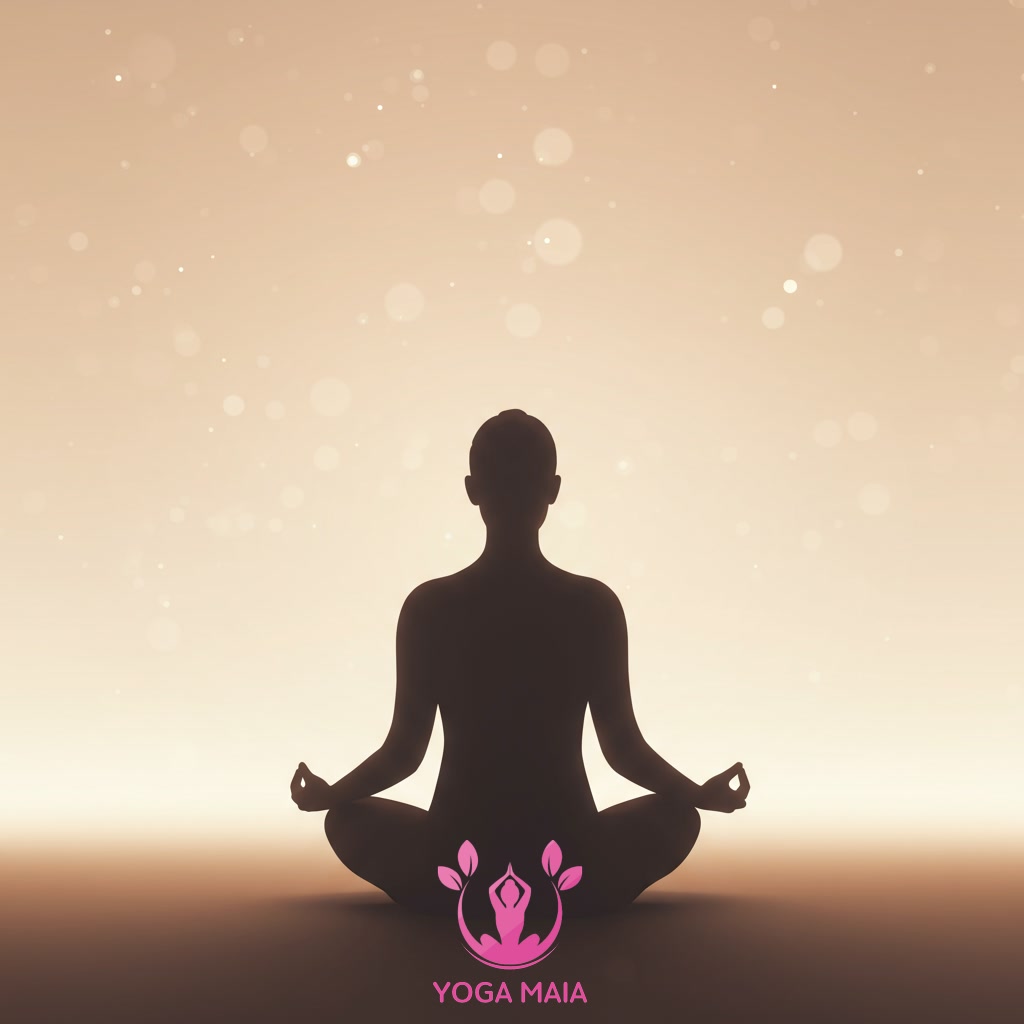 Introduction: Understanding Gentle Yoga and Guided Meditation
Introduction: Understanding Gentle Yoga and Guided Meditation
Section 2: The Gentle Path: Yoga for Physical and Mental Ease
Gentle yoga offers a mindful approach to movement, emphasizing slow, deliberate poses and stretches that are accessible to most bodies. Unlike more vigorous forms, the focus here is on listening to your body’s signals, releasing physical tension without strain. This practice cultivates a deep awareness of breath and posture, which directly impacts the nervous system, encouraging it to shift from a state of ‘fight or flight’ to ‘rest and digest’. By easing physical discomfort and promoting fluid movement, gentle yoga creates a foundation of physical ease that naturally leads to mental tranquility. The quiet focus required for gentle poses helps to still the ‘monkey mind’, reducing distracting thoughts and fostering a sense of calm presence, making it a powerful tool for both physical relaxation and mental peace.
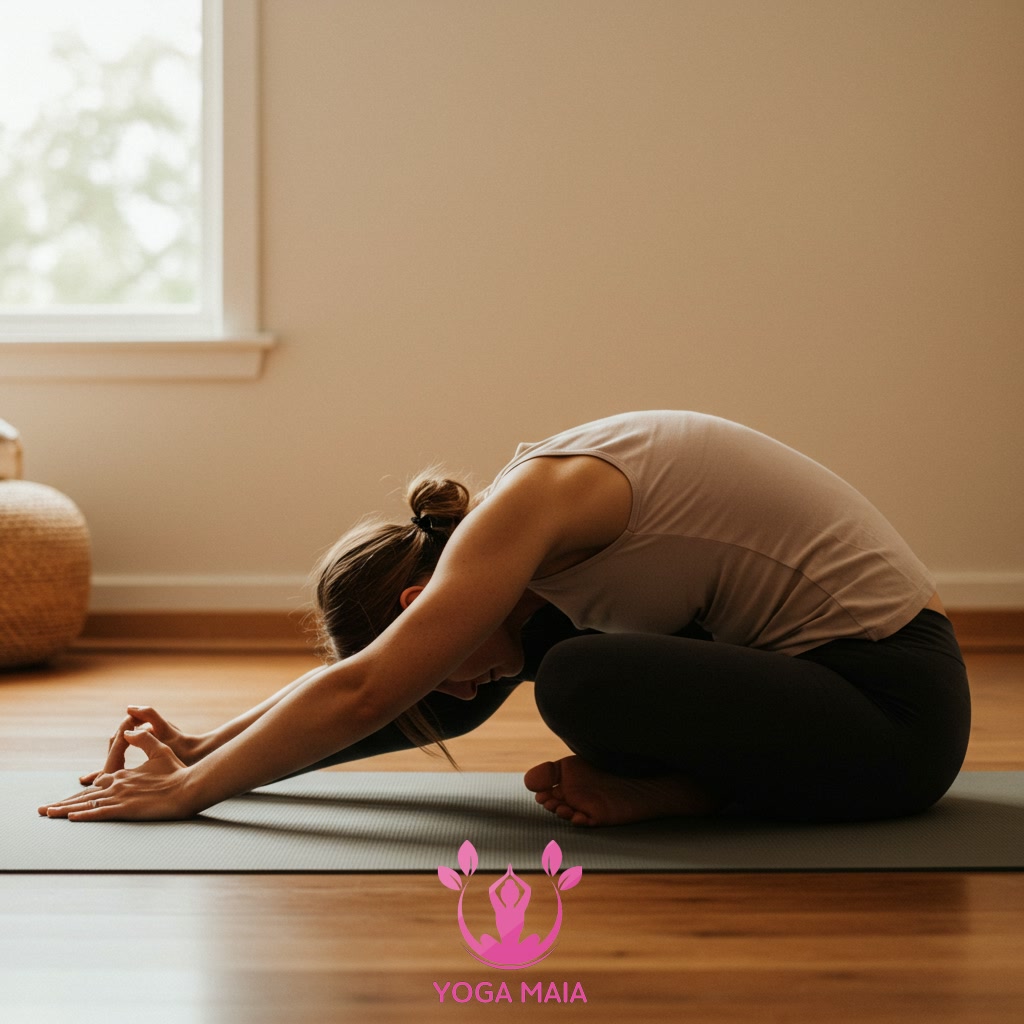 The Gentle Path: Yoga for Physical and Mental Ease
The Gentle Path: Yoga for Physical and Mental Ease
Section 3: Journey Within: Guided Meditation for Calming the Mind
Building upon the gentle physical release offered by yoga, guided meditation provides a pathway to quiet the internal noise. This practice involves following verbal cues or instructions that gently direct your attention, often towards the breath, bodily sensations, or simple visualizations. The goal isn’t necessarily to stop thinking entirely, but rather to learn to observe thoughts as they arise without getting swept away by them. This process cultivates a sense of detachment from busy mental chatter, allowing the nervous system to settle and promoting a profound sense of calm and presence. Engaging in this ‘journey within’ is a powerful technique for reducing anxiety and fostering mental tranquility.
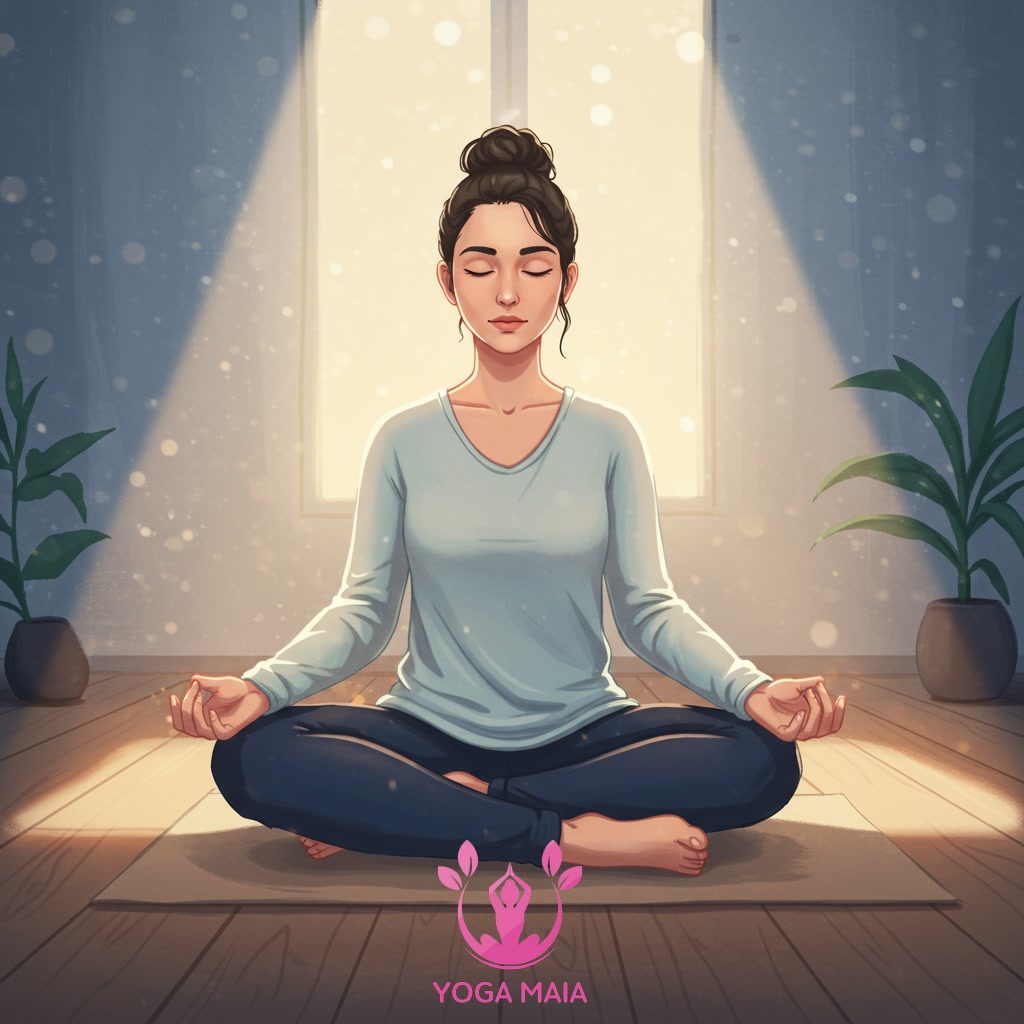 Journey Within: Guided Meditation for Calming the Mind
Journey Within: Guided Meditation for Calming the Mind
Section 4: The Synergy: Combining Yoga and Meditation for Deeper Relaxation
Building on the gentle physical release achieved through yoga postures, the practice of guided meditation complements this by offering a pathway to quiet the internal noise. When combined, these two disciplines create a powerful synergy. Gentle yoga prepares the body by releasing accumulated tension, making it easier to settle into stillness. Simultaneously, guided meditation provides a focus for the mind, gently steering attention away from restless thoughts and worries. This dual approach addresses both physical and mental tension, allowing for a much deeper state of relaxation than practicing either technique in isolation. The physical ease from yoga supports mental calm, and the mental stillness from meditation enhances bodily awareness and release, creating a virtuous cycle towards profound peace and stress relief.
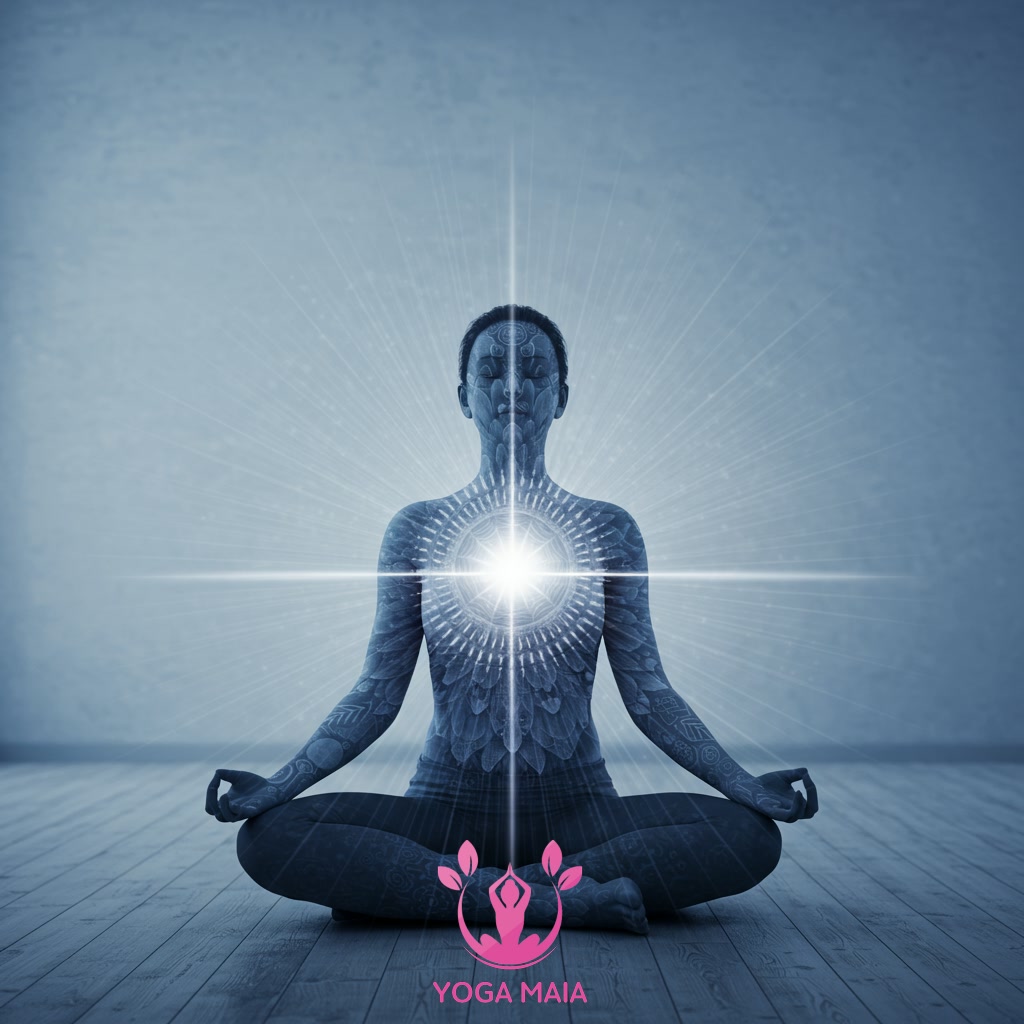 The Synergy: Combining Yoga and Meditation for Deeper Relaxation
The Synergy: Combining Yoga and Meditation for Deeper Relaxation
Section 5: Practical Steps to Begin Your Relaxation Practice
Building on the gentle physical release achieved through yoga postures, incorporating practical steps makes starting your combined relaxation practice accessible. Begin by designating a quiet space where you feel comfortable and won’t be interrupted, even if it’s just a corner of a room. Aim for a short, consistent duration initially, perhaps 10-15 minutes, to make it manageable. You don’t need extensive equipment; a mat, cushion, or even just a soft floor area is sufficient. Start with a few simple, gentle movements or stretches to connect with your body and breath. Then, transition smoothly into a seated or lying position for guided meditation, using a reliable source like an app or video. The key is to approach it with kindness and consistency, allowing the combined practices to gradually cultivate a deeper sense of calm and presence.
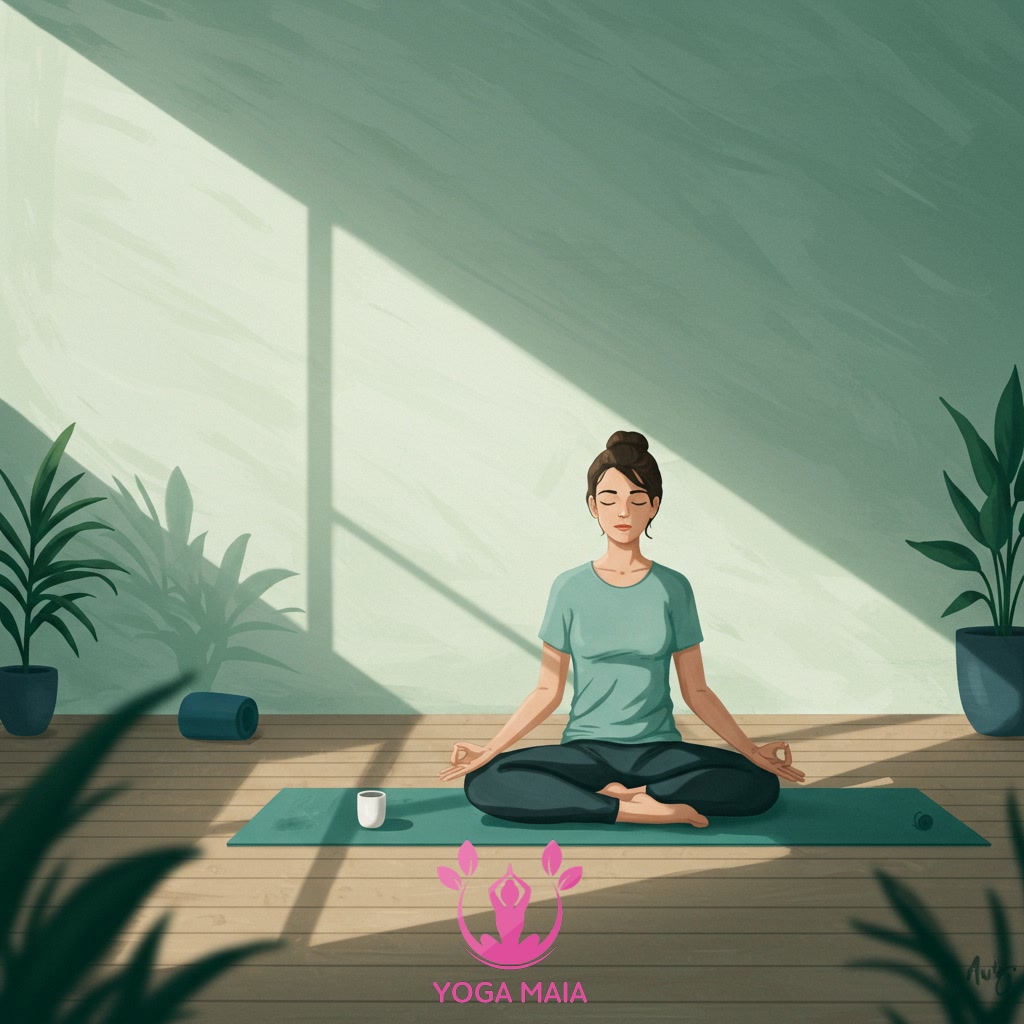 Practical Steps to Begin Your Relaxation Practice
Practical Steps to Begin Your Relaxation Practice
Section 6: Integrating Relaxation Techniques into Daily Life
Building on finding your quiet space, integrating relaxation techniques like gentle yoga and guided meditation into your daily routine is key to sustained stress relief. Start small; even five to ten minutes dedicated to a few gentle stretches or a short guided meditation can make a significant difference. Consistency is more important than duration. Try linking your practice to an existing daily habit, such as after waking up, before bedtime, or during a lunch break. Use cues like setting a reminder or preparing your space beforehand. This regular practice helps train your nervous system to find calm more readily throughout the day, making relaxation a natural, accessible part of your life, not just an occasional event.
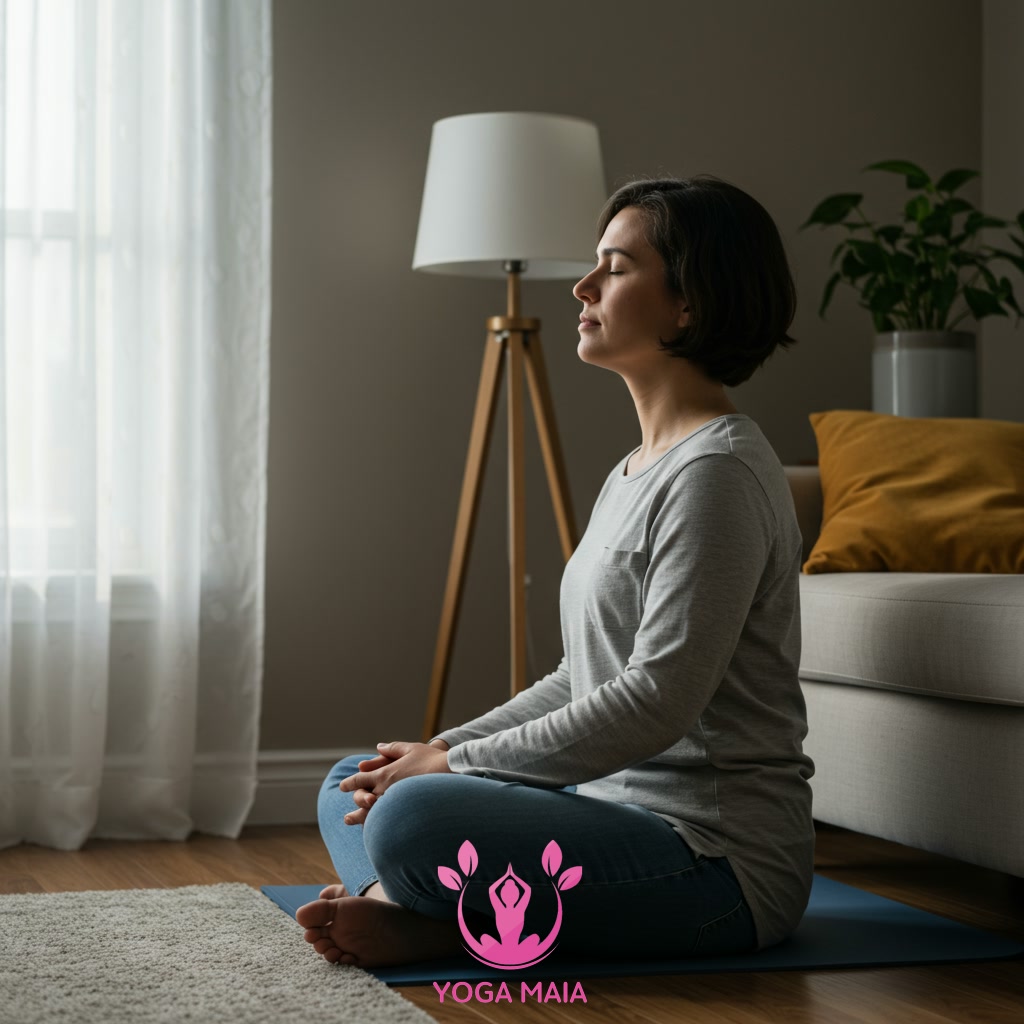 Integrating Relaxation Techniques into Daily Life
Integrating Relaxation Techniques into Daily Life
Section 7: Conclusion: Sustaining Peace and Stress Relief
Integrating gentle yoga and guided meditation into your daily life, as discussed, is the pathway to sustained peace. The true power lies in consistency. By committing to regular practice, you gradually build resilience, strengthening your ability to respond to stressors with calm instead of reactivity. Think of it not as a temporary fix, but as cultivating an inner sanctuary that you can access anytime. This ongoing dedication transforms moments of relaxation into a lasting state of being, allowing you to navigate life’s challenges from a place of greater ease and presence, ultimately achieving profound and enduring stress relief.
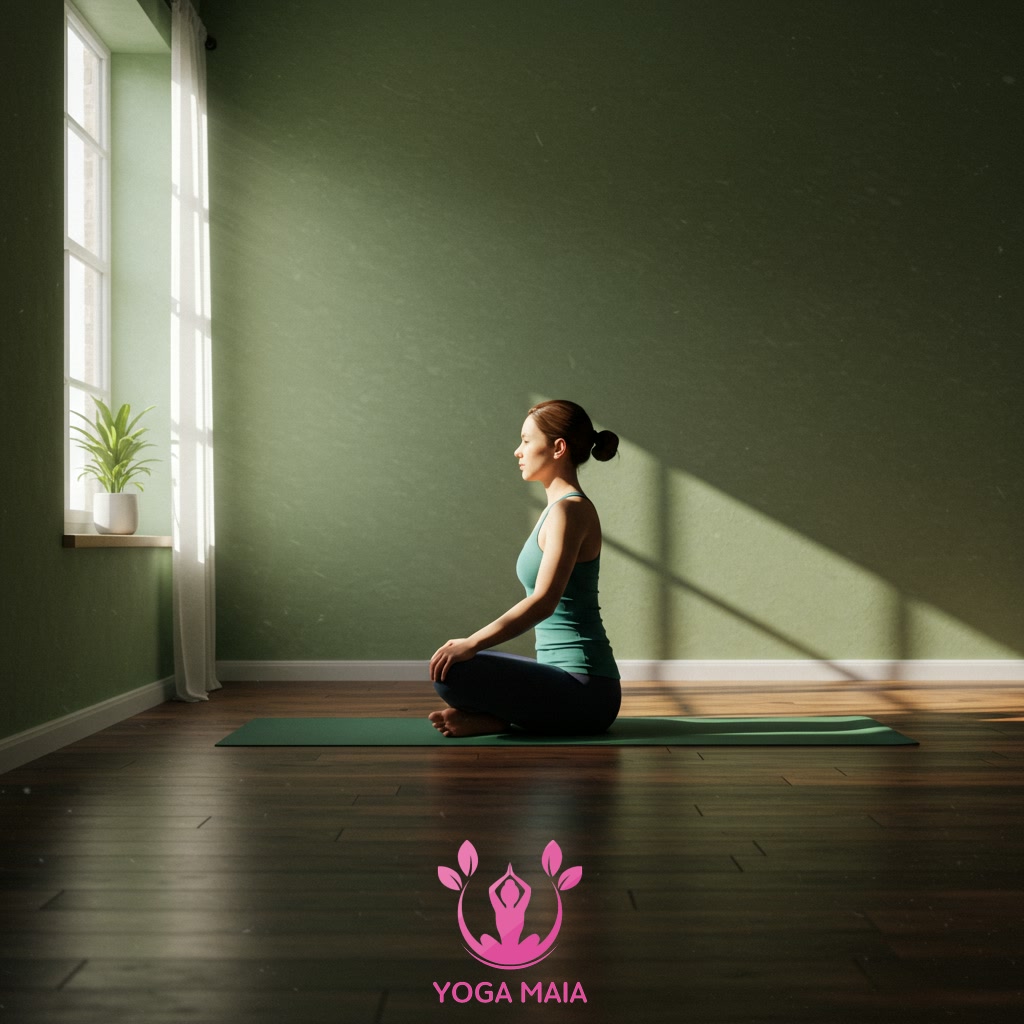 Conclusion: Sustaining Peace and Stress Relief
Conclusion: Sustaining Peace and Stress Relief












